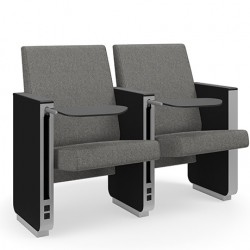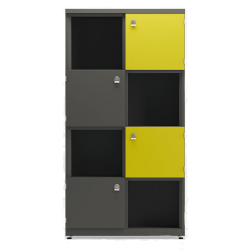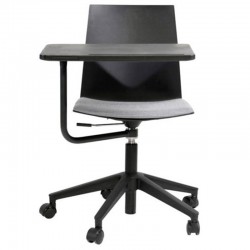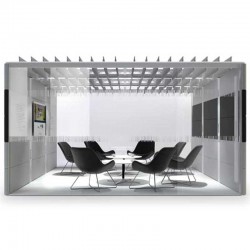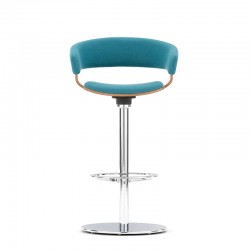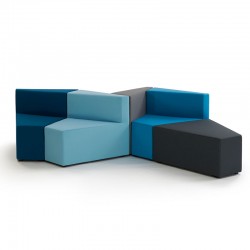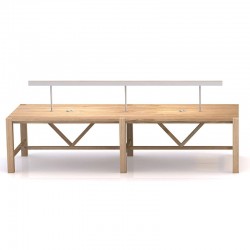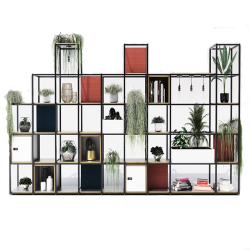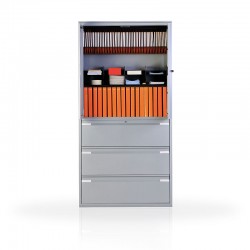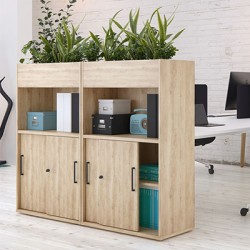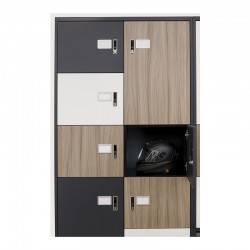Acoustics? What are they? Simply put acoustics can be defined in this instance as the properties or qualities of a room or building that determine how sound is transmitted in it. And why are acoustics important in the workplace? High noise levels generate the majority of workplace complaints and are one of the biggest obstacles of productivity for employees yet the correct acoustics can significantly reduce these issues. There are numerous ways in which desirable acoustics can be achieved without affecting, or perhaps even benefiting the office aesthetic.
Office spaces should be designed to respond to three senses – visual, kinesthetic and auditory. Human-beings typically filter two million pieces of sensory data every minute, each in different ways. One-third of the sense data filtered by humans is auditory, highlighting the importance of appropriate and stimulating acoustics in the workplace. For people that respond more to their auditory surroundings, an excessively loud or too quiet office space can be challenging. Often, companies will lean towards an open plan office, to encourage communication and cooperation between colleges, however, for some people this can prove as a hindrance to their productivity.
In addition to excessive noise pollution in an office space hindering productivity, it can also cause employee absenteeism and staff turnover. However, the Health, Wellbeing, and Productivity in Offices report by the Green Building Council details that not all office sound is unwanted. In fact, the report noted that offices that are too quiet can create a tense and unnerving atmosphere. In this, correct acoustics must be achieved by an appropriate and balanced noise level to ensure maximum staff well-being and productivity.
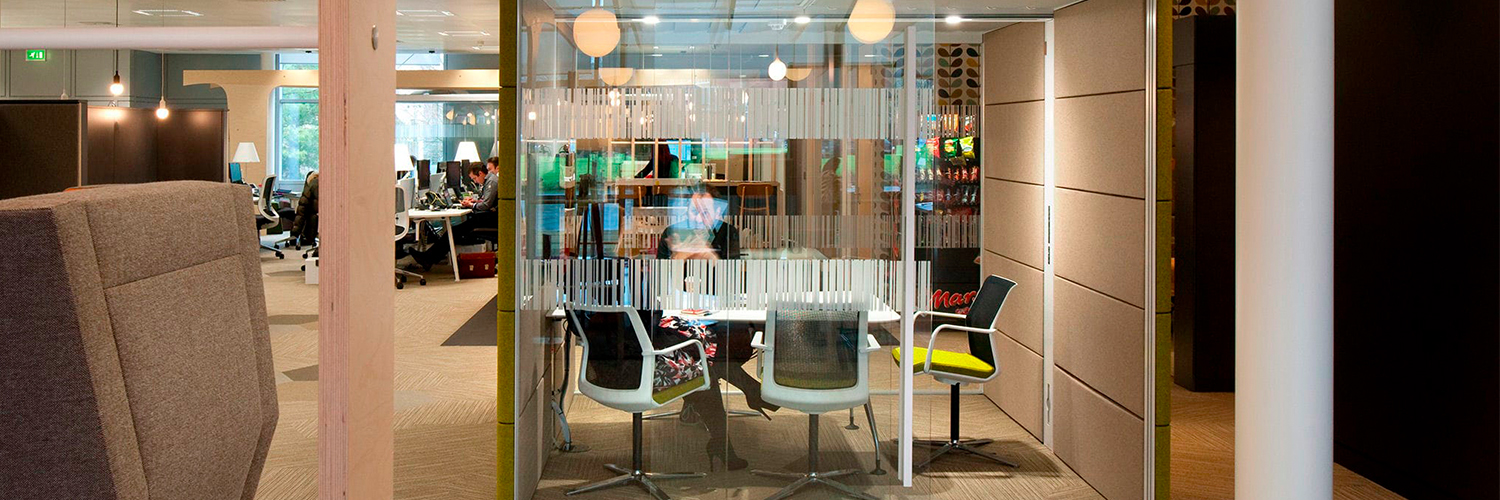
Over the past 10 years many employers have recognised or become aware of the plethora of benefits appropriate noise level and distribution in an office space. The creation of multi-layered office design creates areas within a workspace that are deemed more appropriate for higher noise levels and minimalise distractions. These areas are called ‘third spaces’, which include breakout areas, bookable cells, office ‘libraries’ and the most recent addition, acoustic pods.
Office design elements such as acoustic pods bring furniture elements such as high-backed seating which can provide a small space for groups to work together and collaborate, as desired with an open plan office, without distracting those doing individual tasks. These can be created with the use of memory-reducing foam that enable group work with minimal disruption.

The careful use of materials, in crafting office additions such as acoustic hubs or pods, as well as the incorporation of delicate furnishings and fabrics, can elevate a workspace both aesthetically and acoustically.
In recent years, many elegant and tasteful solutions to office noise have been created, some of which are offered by us here at D.S Ergonomics. These include wall-mounted acoustic solutions, suspended acoustic solutions and acoustic hubs & booths. Explore our acoustic products here.


-250x250.jpg)
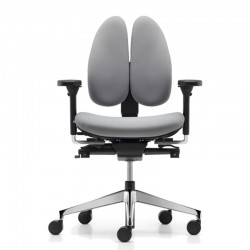
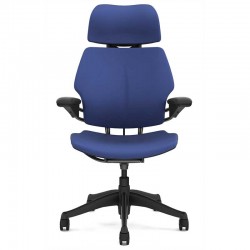






















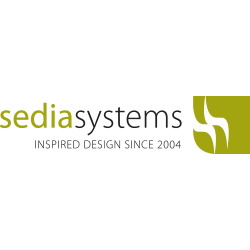




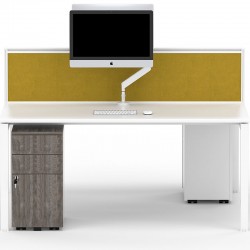
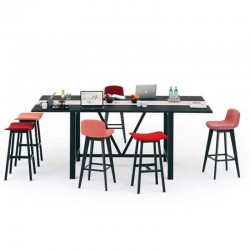
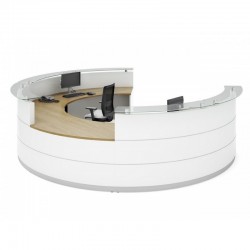
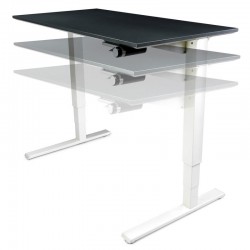










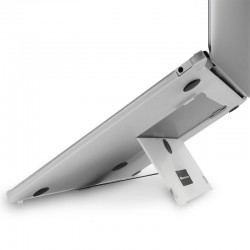

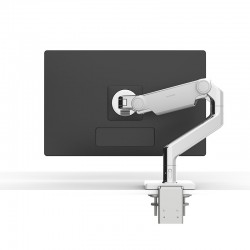
-250x250.jpg)





